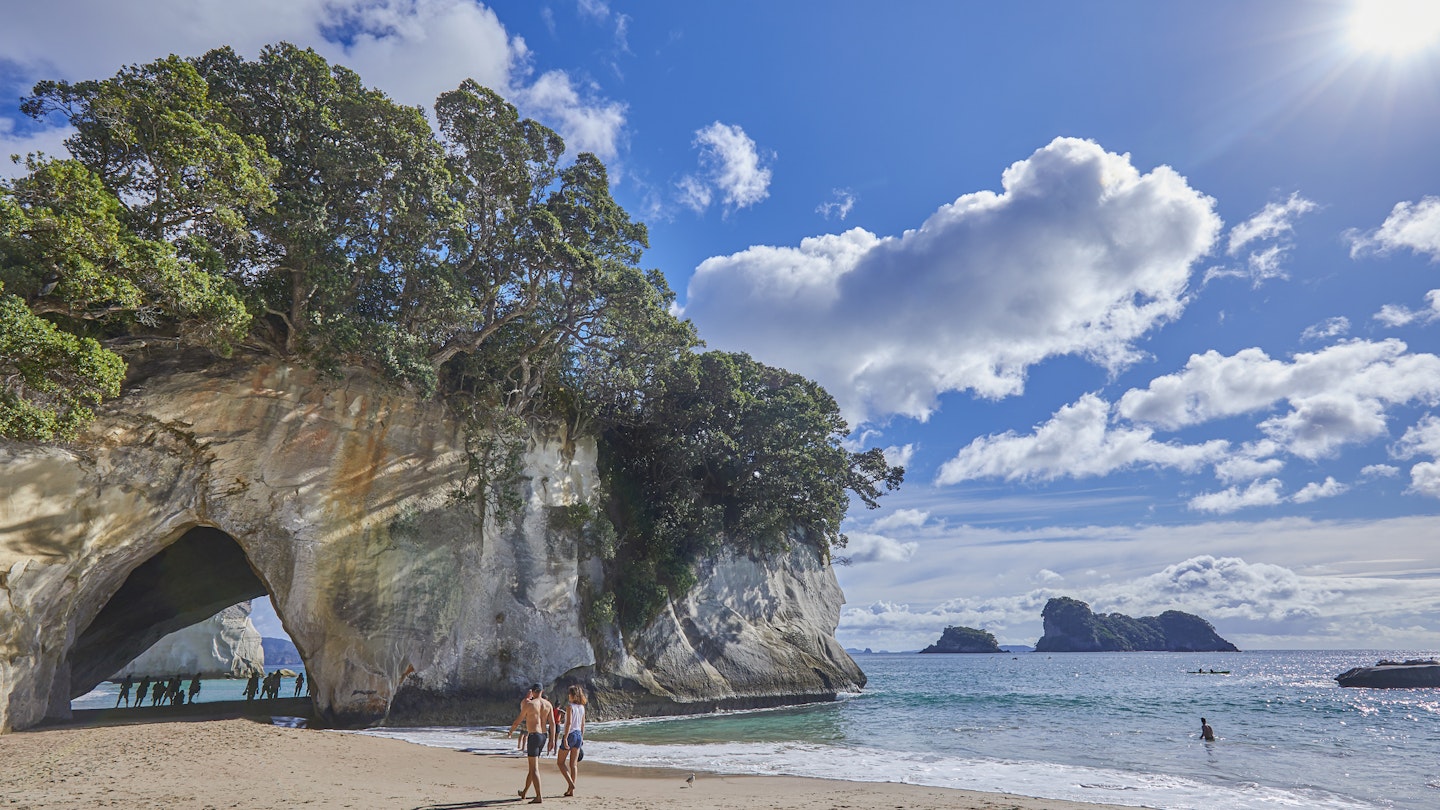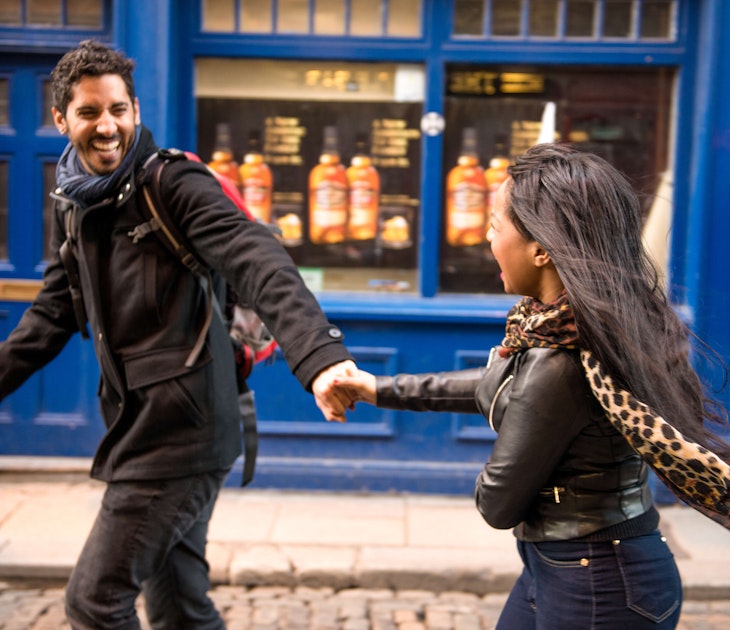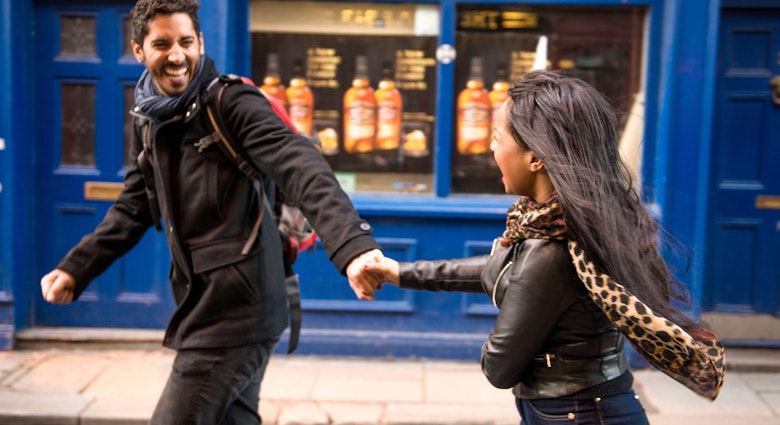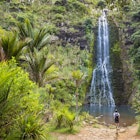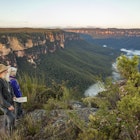After opening its borders to some 60 visa-waiver nations last Monday, New Zealand announced that it would drop its remaining border bans and open to the rest of the world on July 31, three months ahead of schedule.
The country had taken steps in recent months to relax border controls, like allowing in New Zealanders living abroad, as well as visitors from neighboring Australia. May 2 marked one of the biggest milestones in New Zealand's phased reopening plan yet when it pulled the doors open for international tourists from visa-waiver nations like the USA, the UK, Canada, Germany, South Korea, Japan, Singapore, and others
But now the final countdown is on as the government announced this week that on July 31, at 11:59pm, it will take the last step in its reopening plan by allowing the rest of the world in, that is tourists from countries that don't have visa-free agreements with New Zealand.
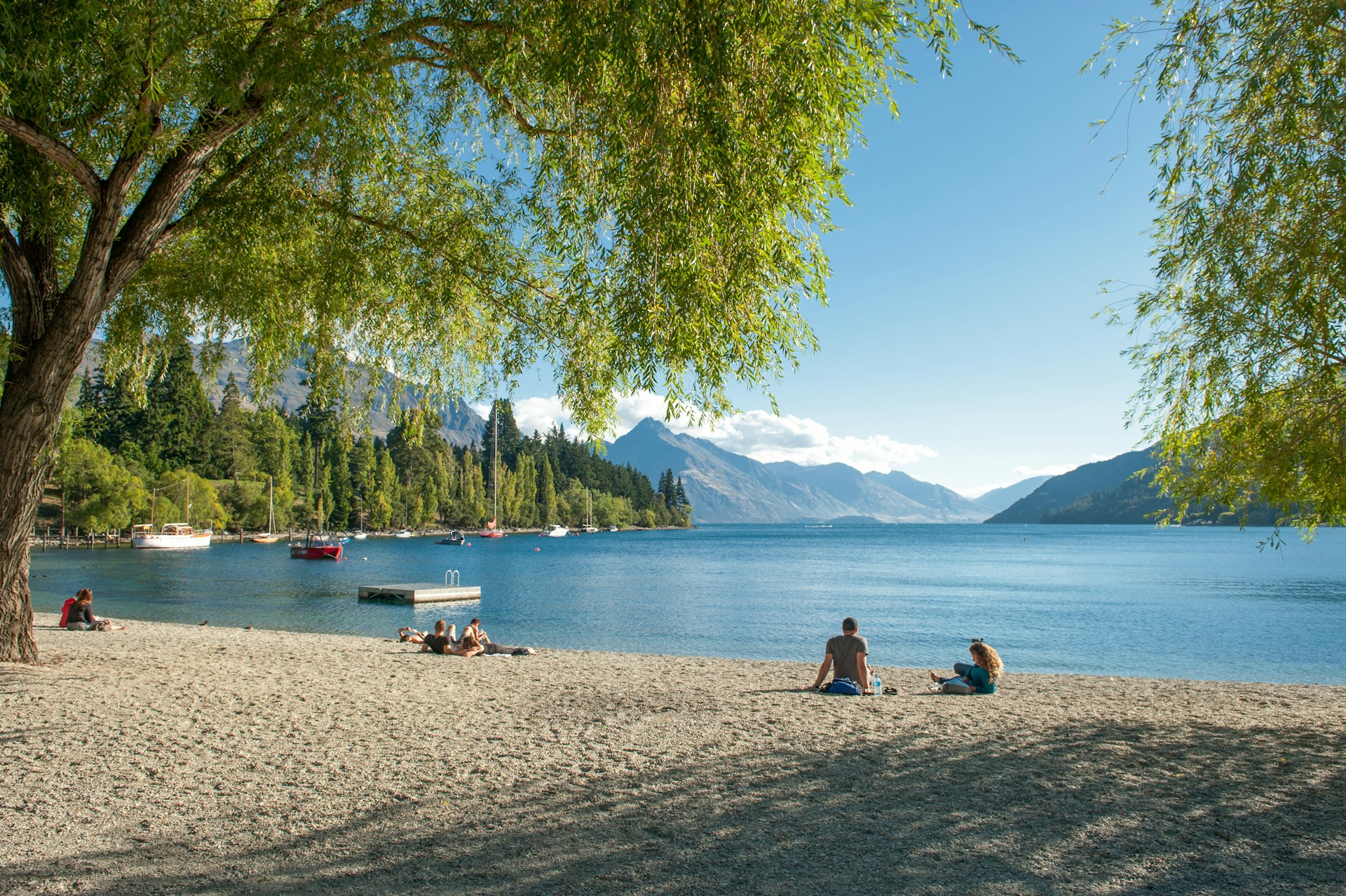
New Zealand's prime minister Jacinda Arden said the decision was made to bring the reopening date forward from October to July 31 in order to boost the tourism industry now that vaccine rates are high and average daily infection rates are stabilizing.
"This will be welcome news for families, businesses and our migrant communities," she said of the early reopening plan. "It also provides certainty and good preparation time for airlines and cruise ship companies planning a return to New Zealand in the peak spring and summer seasons."
According to the tourism ministry international flight searches to New Zealand are running 19% higher than in pre-COVID times and several major airlines are restarting and adding routes to meet the predicted spike in demand over the coming months, including the first ever direct flight between New Zealand and New York City.
“Later this year major international airlines like Emirates, Air Canada, Malaysian Airlines, Hawaiian Airlines, LATAM Airlines and Air Tahiti Nui are restarting routes," tourism minister Stuart Nash said. "Air NZ is also adding long haul routes from San Francisco, Honolulu, Houston, New York and Chicago."
New Zealand entry rules: tests and vaccination
Vaccinated arrivals no longer have to self-isolate on their arrival, but anyone over the age of two will continue to test for COVID-19.
Travelers need to take a pre-departure test. Upon landing in New Zealand, they'll be given three rapid antigen tests at the airport to take home. One for use on day one of their arrival, one for use on day five or six, with one extra, the third test, for backup.
Arrivals who return a positive result will be required to take a PCR test at a community testing station so that New Zealand can keep tabs on any emerging variants and isolate cases as needed.

Those who are not fully vaccinated will be required to undergo mandatory quarantine at a government-run center.
To be considered fully vaccinated, arrivals must have completed the primary course of a vaccine schedule. That generally means they've received at least two doses, or in the case of the Johnson & Johnson vaccine, one dose. A booster is not required for entry at this stage.
The further phased opening up of New Zealand’s borders will continue in October, when the country will fully reopen to visitors from anywhere in the world and normal visa processing will resume.

